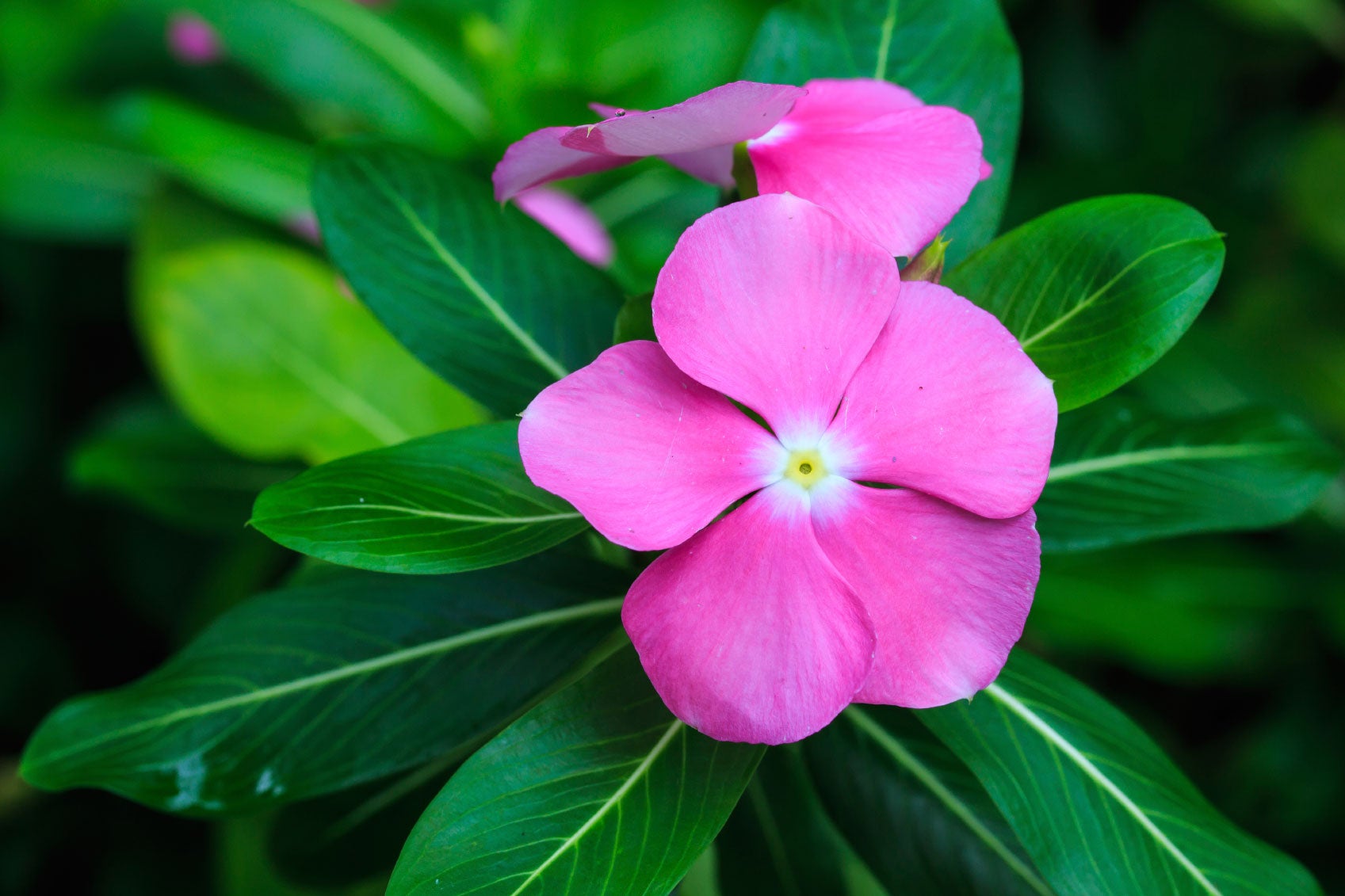The Periwinkle plant: A Versatile Groundcover
The periwinkle plant, with its vibrant blue-violet flowers and evergreen foliage, is a beloved sight in many gardens. Its scientific name, Vinca, encompasses a genus of flowering plants in the dogbane family (Apocynaceae). While often admired for its ornamental value, periwinkle boasts a rich history intertwined with both traditional medicine and ecological concerns. This article delves into the various facets of this intriguing plant, exploring its characteristics, cultivation, medicinal uses, and environmental impact.
Botanical Characteristics
Periwinkle plants are characterized by their creeping, trailing growth habit, making them ideal groundcovers. They possess:
:max_bytes(150000):strip_icc()/Vincaminor_00_hero-b74069d8d03f4c2fa95fe5923fdf2697.jpg)
Evergreen foliage: The leaves are typically oval-shaped, glossy, and remain green throughout the year.
Two of the most common species are:
Lesser periwinkle (Vinca minor): This species is characterized by smaller leaves and flowers.
Cultivation and Care

Periwinkle plants are relatively easy to cultivate and thrive in a variety of conditions, making them a popular choice for both novice and experienced gardeners.
Shade tolerance: Periwinkle plants can tolerate a wide range of light conditions, from full shade to partial sun.
Well-drained soil: Periwinkle plants prefer moist but well-drained soil.
Moderate watering: Established plants generally require moderate watering, especially during dry periods.
Stem cuttings: Periwinkle plants can be easily propagated from stem cuttings. Simply root the cuttings in moist soil or water.
Regular pruning: Regular pruning can help to maintain the desired shape and size of the plant.
Medicinal Uses
Periwinkle plants have a long history of use in traditional medicine.
Anti-cancer properties: Certain species of periwinkle, such as Catharanthus roseus (Madagascar periwinkle), contain alkaloids that have been used in the development of chemotherapeutic drugs for treating various cancers, including leukemia and Hodgkin’s lymphoma.
Environmental Considerations
While periwinkle plants can be valuable additions to the garden, it is important to be mindful of their potential environmental impact.
Invasive potential: Some species, particularly Vinca major, can be invasive in certain regions, spreading aggressively and outcompeting native plants.
Ornamental Uses
Periwinkle plants are widely used in various ornamental settings due to their attractive appearance and ease of care.
Groundcover: They are excellent groundcovers, effectively suppressing weeds and preventing soil erosion.
Conclusion
The periwinkle plant, with its captivating beauty and versatility, continues to captivate gardeners and herbalists alike. By understanding its characteristics, cultivation requirements, and potential environmental impact, we can enjoy the benefits of this plant while ensuring its responsible use. Whether admired for its ornamental value or appreciated for its medicinal properties, the periwinkle plant remains a fascinating subject of study and a valuable asset to the natural world.
:max_bytes(150000):strip_icc()/Vincaminor_00_hero-b74069d8d03f4c2fa95fe5923fdf2697.jpg?ssl=1)

